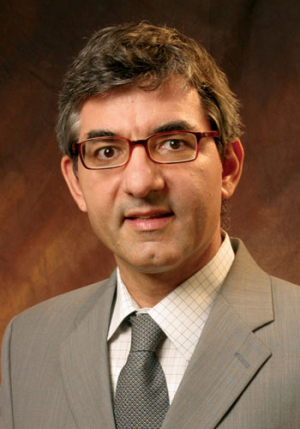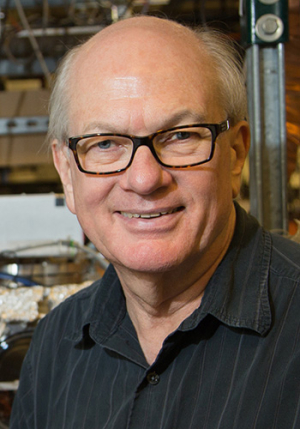Two engineers at the University of Houston have been awarded grant funding to conduct research as part of a new U.S. Department of Energy supported Center on Plasma Science.
The center, led by researchers at the University of Michigan-Ann Arbor, will join Demetre Economou and Vincent Donnelly, both professors of chemical and biomolecular engineering at UH, with close to 20 scientists from universities and national laboratories across the country. Together, these researchers plan to pick apart the science behind plasmas in an effort to make them more efficient.
“The goal of this center is really to understand the physics or the basic science behind what controls the energy distributions of ions and electrons in plasmas,” said Donnelly. “A better understanding of these relationships could make the plasmas used in lighting more efficient, advance the manufacturing of integrated circuits and even lead to developments in the field of medicine.”
In total, the researchers associated with the center garnered roughly $10 million from the DOE to fund their work for five years. Of this total, Economou and Donnelly will share $1 million.
Using the funding, the two plan to construct a novel plasma reactor. The machine will be designed so it can be configured to control the energy level of ions and electrons that make up plasmas—something that has not been done before.
“Existing reactors do not allow the energy of electrons and ions to be dialed in; you get what you get,” said Economou. “A plasma of low electron energies, for example, may be good for creating one thing but not another. Similarly, several microelectronics fabrication processes require ion energy within a very tight energy range. With this reactor, we hope to be able to tailor these energy distributions to produce the desired material or carry out the process at hand.”
Used in everything from televisions and fluorescent lights to fuel cells and microelectronics, understanding how to manipulate the energy flow in plasmas will have many benefits.
“Microchips are produced by these plasmas,” said Economou. “Getting the conditions right the first time, instead of taking a trial and error approach, will shorten the cycle of design and development and in turn shorten microchip time to market.”
Throughout the five-year duration of the grant, Donnelly and Economou will not only build and test this reactor, but also collaborate with leading researchers in the field of plasma science from places such as the University of California at Berkeley, the University of Minnesota and the Princeton Plasma Physics Laboratory to develop a set of computer codes that could be used to predict electron and ion energy flow in plasmas.
“In the end, the main thing we want to get from this center is the knowledge,” Donnelly said. “We want to teach people how to control both plasma electron and plasma ion energy distributions. This will move us toward trying to impose conditions on plasmas, rather than plasmas imposing conditions on us.”
In addition to the grant for the center, both researchers also received more than $250,000 in DOE equipment grants that are expected to aid their research related to the center.

